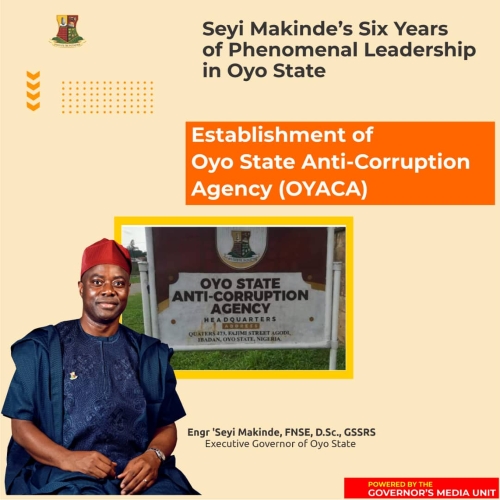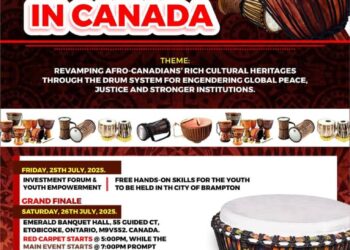
South Africa is a country rich in cultural diversity, shaped by centuries of traditions, indigenous heritage, and modern influences. Among the many elements of its culture that attract global curiosity is the noticeable celebration of fuller body shapes, especially women with large or curvy buttocks — a physical feature often associated with beauty, health, and femininity in many South African communities.
Cultural Ideals Rooted in Tradition
Across various ethnic groups in South Africa — including the Zulu, Xhosa, and Tswana — the preference for fuller female figures, particularly prominent buttocks and hips, is not merely an aesthetic trend. It is deeply tied to traditional concepts of womanhood, fertility, and status.
“In many African societies, a curvaceous body on a woman symbolizes maturity, wealth, and readiness for marriage,” explains Professor Nomusa Mthembu, a cultural anthropologist at the University of KwaZulu-Natal. “Historically, women with larger hips and buttocks were perceived as more capable of childbearing and nurturing families, which added to their appeal in traditional courtship.”
These ideals have been passed down through generations, reinforced through cultural dances, fashion, and even rites of passage where physical development is monitored and celebrated.
The Role of Diet and Lifestyle
Experts point out that the body shape commonly seen among South African women can also be linked to genetics and lifestyle.
“The distribution of body fat, particularly around the hips and buttocks, is largely genetic among certain African populations,” says Dr. Zanele Khumalo, a nutritionist based in Johannesburg. “Additionally, the traditional South African diet, which often includes carbohydrates like maize meal, samp, beans, and meat, can contribute to fuller body shapes when combined with less physically active lifestyles.”
However, in rural settings, where women are more active — walking long distances, farming, or engaging in community work — the shape is often maintained with muscle and tone, not just fat.
Body Image and Modern Influence
While Western media has historically promoted thinner body types as the ideal, African women are increasingly reclaiming and celebrating their natural figures. This resurgence has been fueled in part by social media, Afrocentric movements, and high-profile South African and African-descended celebrities who proudly embrace their curves.
“There’s been a shift where African women are not just conforming to Eurocentric standards of beauty anymore,” says fashion and lifestyle influencer Lerato Mokoena. “Having a big bum is now seen not just as traditional but trendy and empowering.”
The rise of “bottle-shaped” or “pear-shaped” body acceptance has also impacted local fashion industries, with designers tailoring clothes to flatter these shapes, while fitness influencers promote healthy ways to tone rather than shrink curves.
Cultural Caution
Despite the positive embrace, some caution against over-sexualization or the assumption that all South African women desire or are defined by this body type.
“While we celebrate cultural pride, we must not reduce women’s worth to their physical features,” says feminist writer and activist Thandeka Mabuza. “Every body is beautiful — thin, thick, or in between. Culture should not become a cage.”
Conclusion
The admiration for large buttocks among South African women is deeply rooted in tradition, genetics, and evolving cultural standards. As South Africa continues to straddle the line between honoring its rich heritage and embracing modern identity, the conversation around body image remains as complex as it is empowering — one that affirms beauty in all its African diversity.











